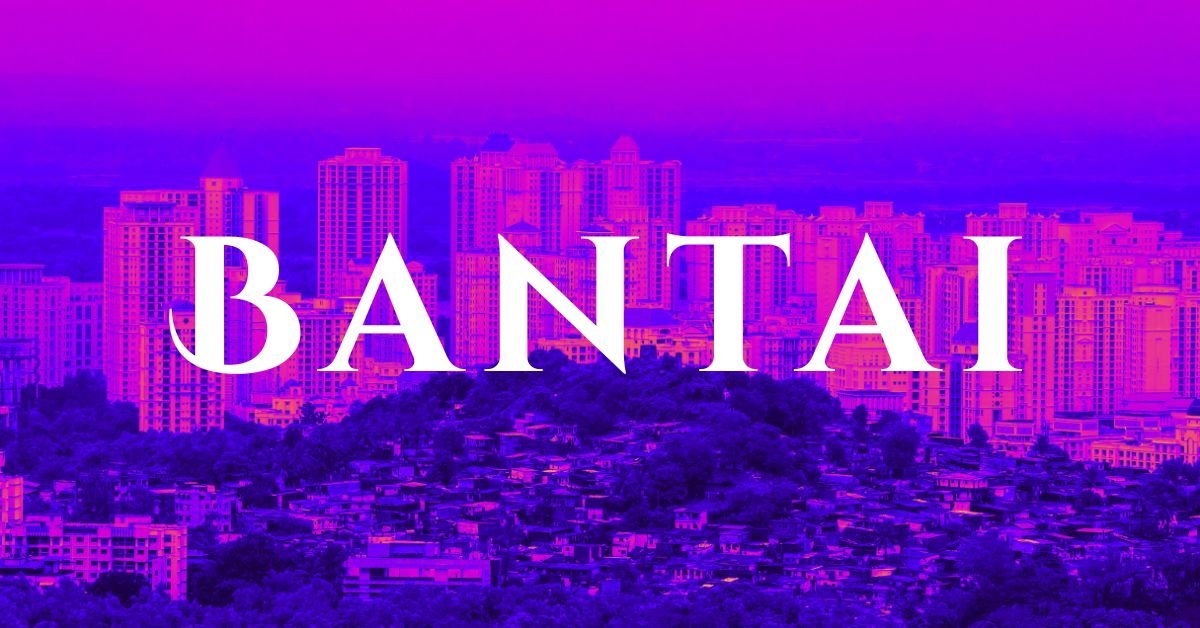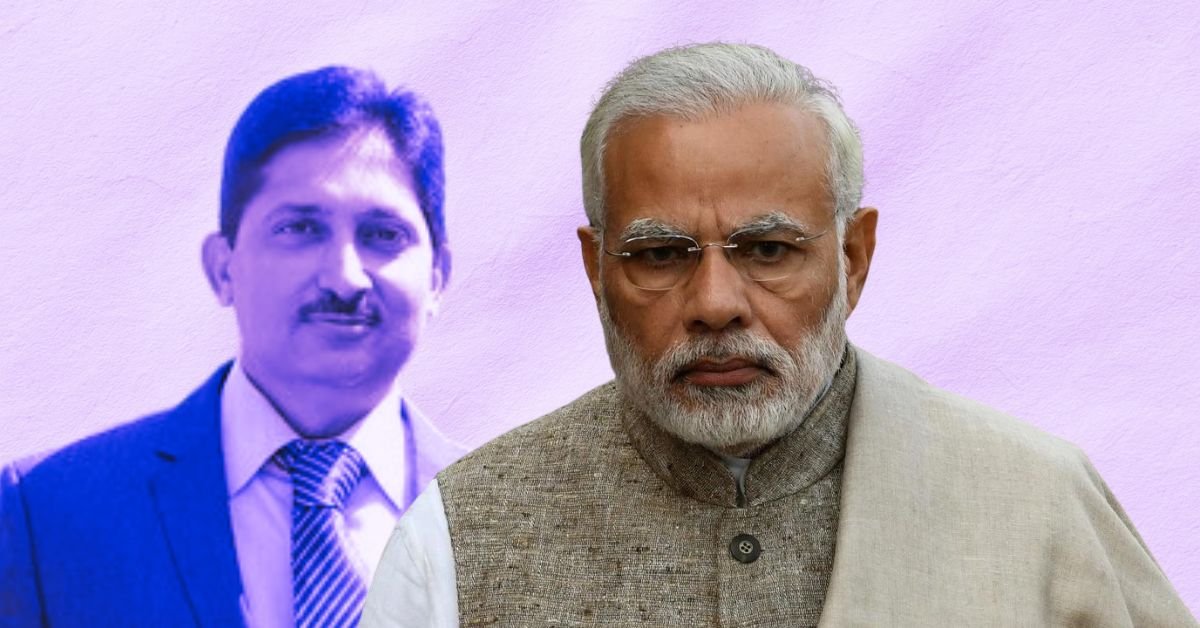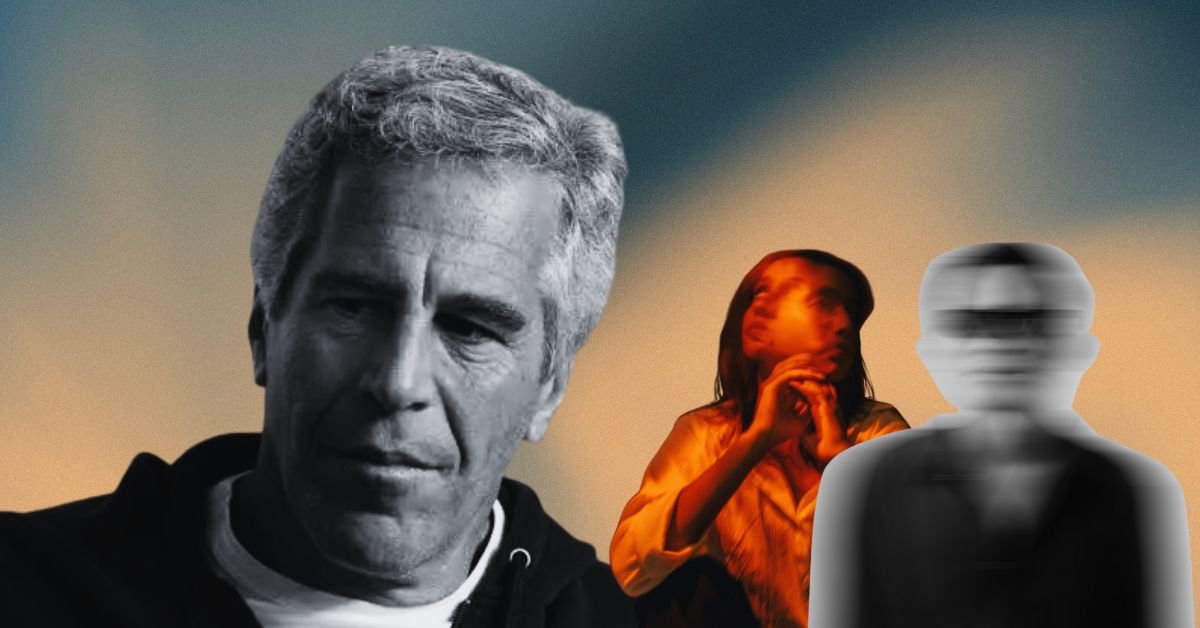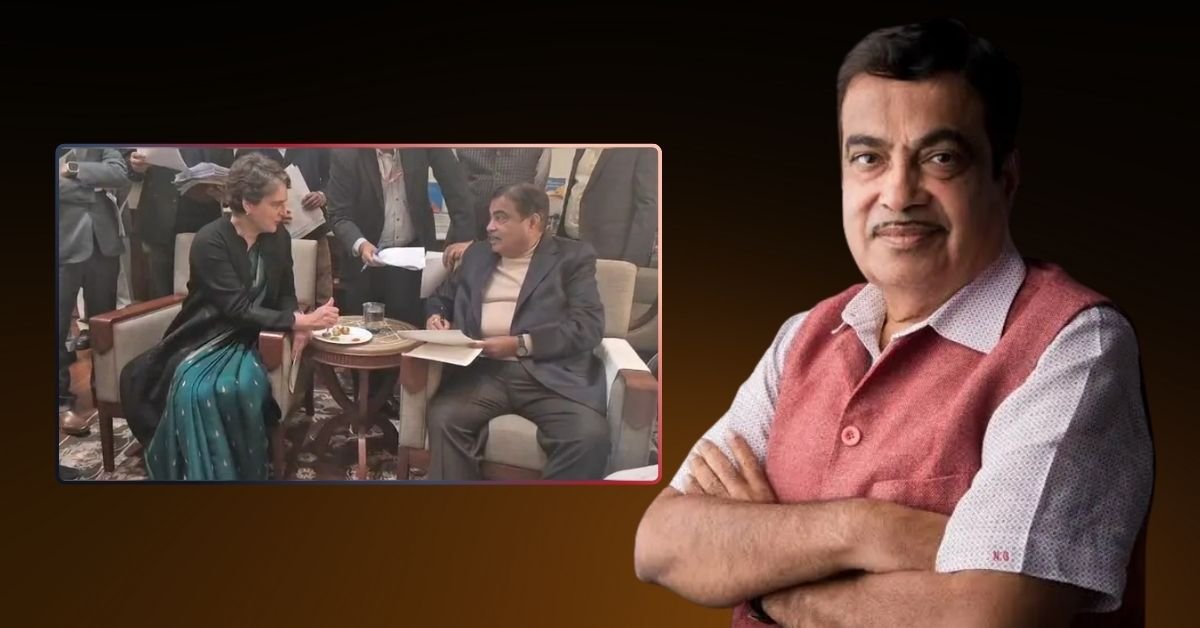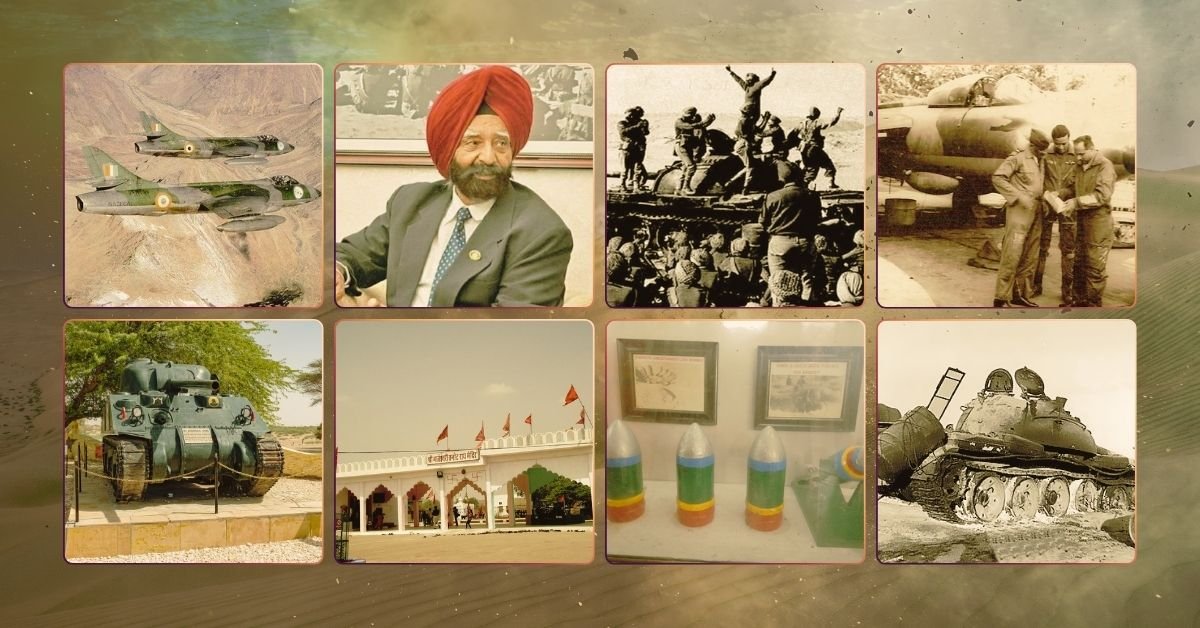Hey there, folks!
If you have ever wandered through Mumbai’s chaotic, vibrant streets or caught a Bollywood flick with that raw, street-smart vibe, you have probably heard the word “bantai” thrown around.
It is one of those terms that just rolls off the tongue, making conversations feel more alive and connected.
However, what does it really mean?
Why has it become such a staple in Indian youth culture, especially in rap and hip-hop?
We are diving into that in this deep, fun exploration.
We are writing this from the heart of THOUSIF Inc. – INDIA, where we love breaking down cultural gems like this in simple, straightforward ways.
Let us start at the beginning.
Imagine you are hanging out with friends in a bustling Mumbai locality, maybe near Dharavi or Andheri, and someone shouts, “Kya bolta hai, bantai?”
If you are new to this, you might scratch your head, but for locals, it is as natural as breathing.
“Bantai” is a classic Mumbai slang term often used to mean “brother,” “bro,” or “buddy.”
It is a term of endearment, a way to address a close friend or casual acquaintance in the warm, informal style that defines Mumbai’s tapori language.
Tapori refers to the street-smart, cheeky way of speaking that mixes Hindi, Marathi, English, and sometimes Gujarati influences.
Think of it as the city’s flavorful dialect.
However, “bantai” is not just any word; it has layers.
In its core, it is derived from the Hindi word “bantna,” which means to share or divide, but over time, it has evolved into this affectionate slang.
Some say it has roots in Marathi or even Gujarati, reflecting Mumbai’s melting pot of cultures.
After all, the city is home to people from all over India, and their languages blend in unique ways.
When you call someone “bantai,” you are not just saying hi; you are building camaraderie, showing that you are part of the same crew.
It is like saying “dude” or “mate” but with that extra Mumbai swagger.
To make this more relatable, consider how “bantai” pops up daily.
Picture a group of young guys playing cricket in a gully (a narrow alley, for the uninitiated).
One scores a six, and his pal yells, “Wah bantai, kya shot maara!”
Which translates to “Wow, bro, what a shot!”
It is casual, fun, and strengthens bonds.
Alternatively, in a more everyday scenario, at a chai stall:
“Bantai, ek cutting chai dena.”
“Bro, give me half a cup of tea.”
See how it slips in naturally?
It is not formal; it is the language of the streets, where relationships are built on quick wit and shared experiences.
Speaking of origins, let us dig deeper into where “bantai” came from.
Mumbai’s slang, often called Bambaiya Hindi, has been shaped by the city’s history as a trading hub.
Back in the day, with migrants from Maharashtra, Gujarat, and beyond pouring in, words got mixed up in exciting ways.
“Bantai” likely emerged from the working-class neighborhoods, where folks needed quick, punchy communication methods.
It is part of the tapori bhasha (language) that gained fame through Bollywood movies in the 90s and 2000s.
Think films like “Rangeela” or “Munna Bhai M.B.B.S.”, where characters use similar slang to add that authentic Mumbai flavor.
Thanks to media and migration, slang spread beyond the city over time, becoming a symbol of cool, urban Indian identity.
One thing that really boosted “bantai” into the spotlight is the rise of Indian hip-hop and rap.
If you are into music, you know what we are talking about.
Artists like Emiway Bantai, who even incorporated it into his stage name, have made “bantai” a household term.
Emiway, whose real name is Bilal Shaikh, hails from Mumbai’s Antop Hill and started rapping in his teens.
His tracks like “Aur Bantai” and “Boht Hard” are packed with street slang, painting pictures of life in the gullies.
Listening to his lyrics, you feel the energy:
“Bantai, chal mere saath,” meaning “Bro, come with me.”
It is empowering, raw, and resonates with young people facing everyday struggles.
Then there is Divine, another Mumbai rap icon, whose song “Mere Gully Mein” from the movie “Gully Boy” took “bantai” global.
The film, directed by Zoya Akhtar and starring Ranveer Singh and Alia Bhatt, is loosely based on the lives of Divine and Naezy, two real-life rappers from Mumbai’s slums.
The lyrics ” Bantai ” evoke brotherhood and street cred: “Apna time aayega, bantai.”
It means “Our time will come, bro.”
The movie won hearts and introduced millions to Mumbai’s underground rap scene, where slang like this is the heartbeat.
Suddenly, kids from Delhi to Bangalore were using “bantai” in their chats, inspired by these artists.
However, wait, “bantai” is not limited to friendly vibes. In some contexts, it can take on a tougher edge.
For instance, in Malay or Indonesian, “bantai” means slaughtering or beating badly, like in a game:
“We bantai-ed the other team!”
Interestingly, this overlaps with Hindi usages where “bantai” can imply dominating or crushing something.
In Mumbai slang, though, it is primarily positive.
Moreover, there is even a rhyme like “Bantai bachi bumai,” which does not have a strict meaning but is thrown in for rhythm in rap or casual talk.
It is like filler words that make the flow smoother, adding to the fun.
To help you grasp this better, let us look at some examples of “bantai” in sentences.
These are straight from real-life chats I have heard or read about:
- “Kya haal hai, bantai?” – “How is it going, bro?”
- “Bantai, match dekhne chal?” – “Bro, wanna go watch the match?”
- “Wah bantai, tu toh star ban gaya!” – “Wow, bro, you have become a star!”
- In a rap line: “Bantai log, suno meri baat” – “Brothers, listen to what I say.”
- Playfully: “Bantai, mat kar yaar, gussa mat ho.” – “Bro, do not do that, do not get angry.”
See how versatile it is?
You can use it to greet, tease, or motivate.
If you are learning Hindi or planning a trip to Mumbai, slipping in “bantai” will make you sound like a local in no time.
Now, talk about related slang because “bantai” does not exist in isolation.
Mumbai’s vocabulary is a treasure trove!
For example:
- “Patli gali se nikal” – Means “slip away quietly,” like escaping a tricky situation.
- “Gardi” – Crowded, as in “Train mein gardi hai” (The train is crowded).
- “Shaanpatti” – Showing off or being smart.
- “Panvati” – Bad luck or a jinx.
- “Khopdi mat kha” – Do not eat my brain; do not annoy me.
These words often pair with “bantai” for that full tapori effect.
Imagine saying, “Bantai, khopdi mat kha, patli gali se nikal!” It is like a mini story in one sentence.
To organize this, here is a simple table of popular Mumbai slangs similar to “bantai,” with their meanings and examples:
| Slang | Meaning | Example |
|---|---|---|
| Bantai | Bro/Buddy | “Kya bolta bantai?” (What’s up, bro?) |
| Bhidu | Friend | “Ae bhidu, chal movie dekhte.” (Hey friend, let’s go watch a movie.) |
| Cutting | Half cup (of tea) | “Ek cutting chai, bantai.” (One half tea, bro.) |
| Jugaad | Quick fix or hack | “Jugaad laga ke kaam kar.” (Get it done with a hack.) |
| Vaat | Trouble | “Vaat lag gayi!” (We’re in trouble!) |
| Item | Attractive person | “Woh item hai kya?” (Is she hot?) |
| Hawa Aane De | Let it go/relax | “Hawa aane de, bantai.” (Chill out, bro.) |
This table makes it easy to compare and remember.
Use them sparingly initially, but you will blend right in once you get the hang.
Moving on to the cultural significance, why does “bantai” matter to Indian youth?
In a country as diverse as India, slang like this creates a sense of belonging.
For young people in urban areas, especially those from modest backgrounds, “bantai” represents solidarity.
It is a way to navigate life’s challenges together, whether hustling for jobs or dreaming big like the rappers do.
The rise of gully rap, as seen in “Gully Boy,” has empowered youth to express themselves.
In lyrics, words like “bantai” talk about resilience, friendship, and breaking barriers.
It is liberating – turning everyday struggles into art.
Think about it: In a fast-paced world, where social media connects us but also isolates, calling someone “bantai” brings back that human touch.
It is popular among Gen Z because it is cool, inclusive, and anti-formal. From college campuses to online memes, it is everywhere.
Even in ads or social campaigns, brands use it to appeal to the youth.
For instance, handwash campaigns featuring rappers like Emiway encourage kids to be “handwash legends,” weaving in slang to make it relatable.
Here is an interesting trivia fact to spice things up: Did you know that Emiway Bantai, the rapper who popularized “bantai” through his name and songs, speaks seven languages?
That is right: Hindi, English, Marathi, Arabic, Urdu, Tamil, and a small quantity of French.
It shows how multilingual Mumbai’s culture is, influencing slang like this.
Fun, huh?
It adds to why his music feels so authentic and global.
As we explore further, let us see how “bantai” has evolved.
In the 80s and 90s, it was mostly street talk among locals.
However, with the internet boom and platforms like YouTube, it went viral.
Rappers uploaded freestyles, and suddenly, “bantai” was in playlists across India.
Movies like “Gully Boy” amplified it in 2019, making it a cultural export.
Today, even international audiences recognize it through Bollywood and rap collaborations.
It is not just slang but a bridge between generations and regions.
For those curious about using it correctly, avoid overdoing it if you are not from Mumbai – it might come off as forced.
Start with friends who get the vibe.
Moreover, remember, context matters.
In professional settings, stick to standard Hindi or English, but let “bantai” flow in casual hangs.
Expanding on its role in music, let us chat about specific songs.
Take Emiway’s “King of Indian Hip Hop”; it references street life, where “bantai” symbolizes peer unity.
Alternatively, Divine’s tracks highlight Dharavi’s grit.
These artists are not just entertaining; they are storytellers, using slang to voice the unspoken.
This is why Indian rap is booming, with youth finding their identity.
Beyond rap, “bantai” sneaks into social media.
Instagram reels, TikToks – you will see skits with “bantai” punchlines.
It is meme-worthy, like “When your bantai forgets your birthday.”
This digital spread keeps it fresh and relevant.
In terms of influence on youth culture, “bantai” promotes positivity.
It is about brotherhood in a competitive world.
For many, it is a reminder that you are not alone.
Clubs, events, and even youth groups use it to foster community.
In education or workshops, teachers sometimes incorporate slang to connect better.
To wrap this up, we are not done yet; there is more to unpack.
Let us consider regional variations.
Similar words exist in other parts of India: “Yaar” in North India, “Machan” in Tamil Nadu.
However, “bantai” has that unique Mumbai zing, influenced by Marathi substratum.
If you are into linguistics, “bantai” is an excellent example of code-mixing.
Mumbai’s multilingual environment creates hybrids like this, enriching Hindi.
Scholars note how such slang reflects social dynamics, like class and migration.
For a lengthy dive, consider how “bantai” appears in literature or books about Mumbai.
Authors like Suketu Mehta in “Maximum City” touch on street language, showing its vibrancy.
It is not just words; it is the pulse of the city.
Now, trivia time again: Interestingly, “bantai” has a counterpart in Malay meaning “slaughter,” but in Mumbai, it is all about affection.
Coincidences like this highlight global word travels.
As we near the end, reflect on why learning slang matters.
It deepens cultural understanding, makes travel fun, and helps in friendships.
If you are an Indian diaspora, using “bantai” connects you to your roots.
In conclusion, “bantai” is more than a word; it is a vibe, a culture, a connector.
From Mumbai streets to rap stages, it has evolved beautifully.
Thanks for reading this deep dive from THOUSIF Inc. – INDIA.
We hope it was helpful and fun!
If you enjoyed it, check out our other articles on Indian culture and slang.
What is your favorite Mumbai word?
Share in the comments – kya bolta, bantai?
Stay connected and keep exploring!
